Intense temperature and severe drought have triggered massive bushfires across Australia since September 2019, taking 6.3 million hectares of bush and forest into its arms.
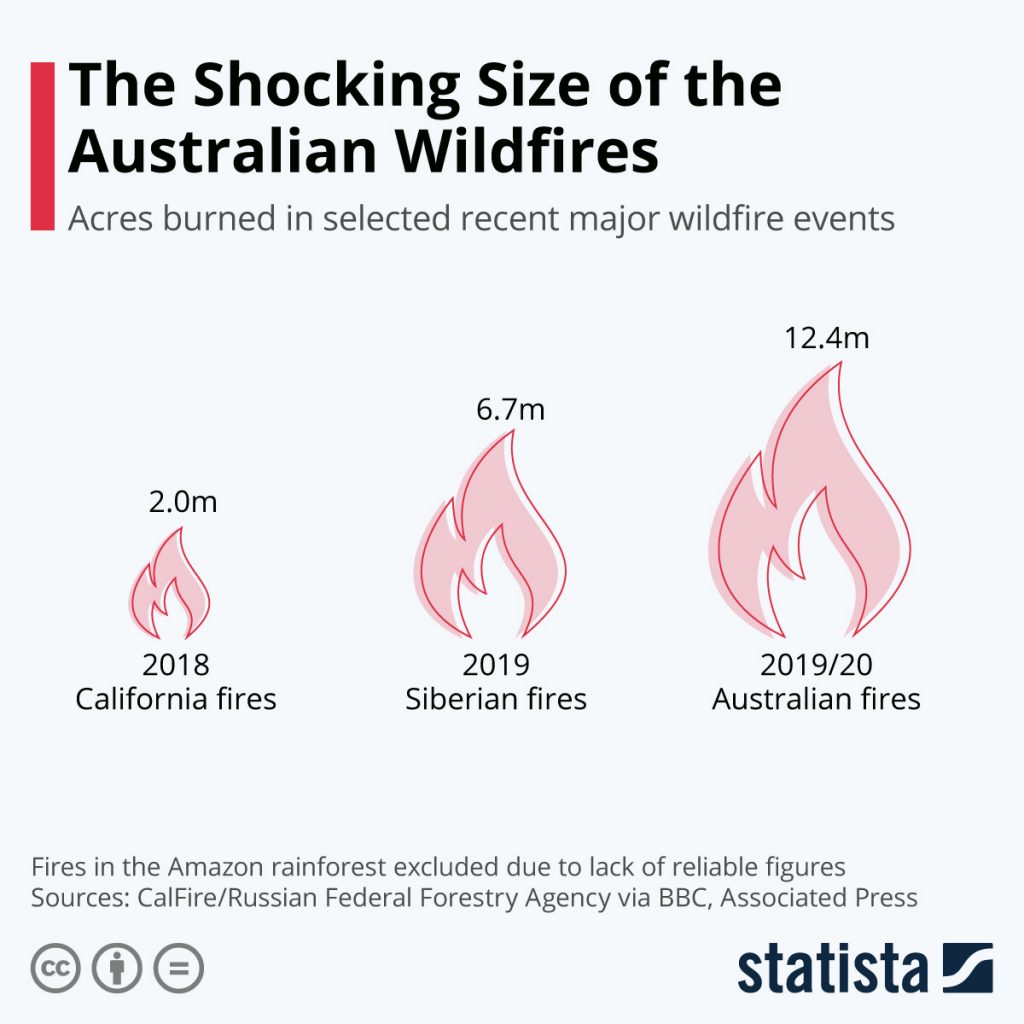
Getting into the statistics, the most affected region has been the New South Wales, destroying hundreds of houses and making thousands homeless.
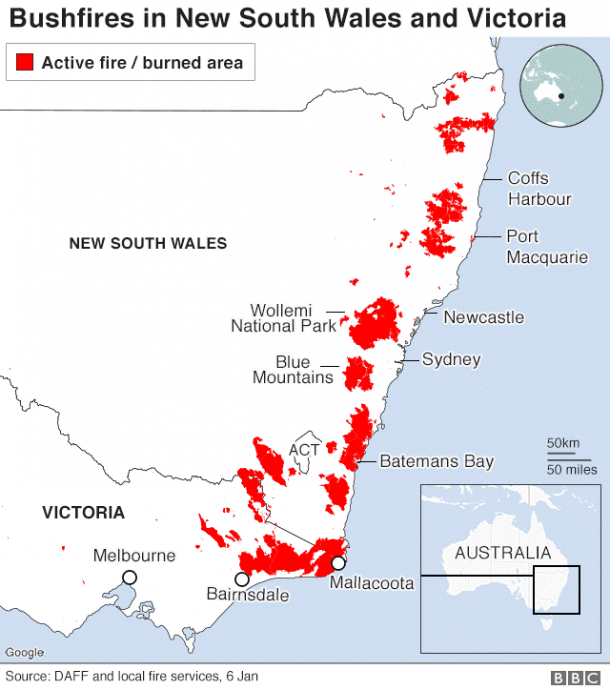
Since December, the fires soared higher and rapidly added to the casualties such that an emergency had to be put in the entire area. A slight relief came with the rain on Monday, when things became a little manageable for the firefighters and emergency squads. Military and navy have been on their toes to evacuate maximum lives and relocate them to safe places.
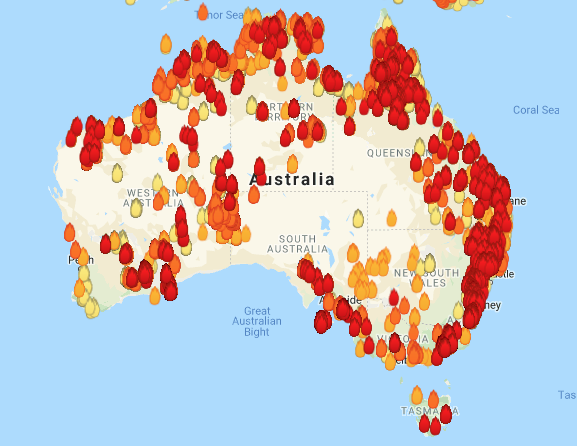
The devastation goes a long way and the consequences shall be bored by neighboring states as well. The smoke from the fires is expected to lower the air quality level as far away as New Zealand. The same is responsible for triggering violent weather systems making way for challenging thunderstorms and tornadoes in the next few weeks. These fire clouds shall further bring an increase in the temperature and the situation might become more destructive. Experts and researchers predict the situation to ignite a volcanic eruption.
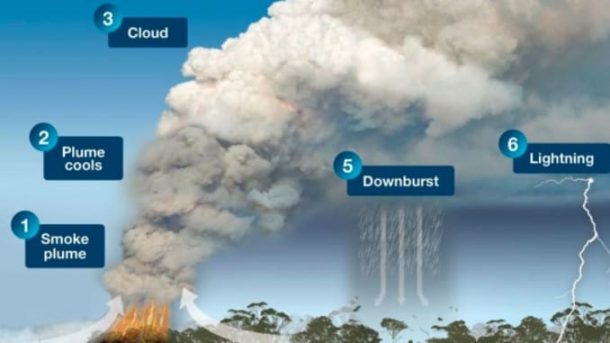
An astonishing increase in the temperature of all states has been measured this month. Minds are still figuring it out as to how long Australia shall be bearing the side effects of these bushfires or whether or not a change in climate as a whole shall be observed in the coming months.
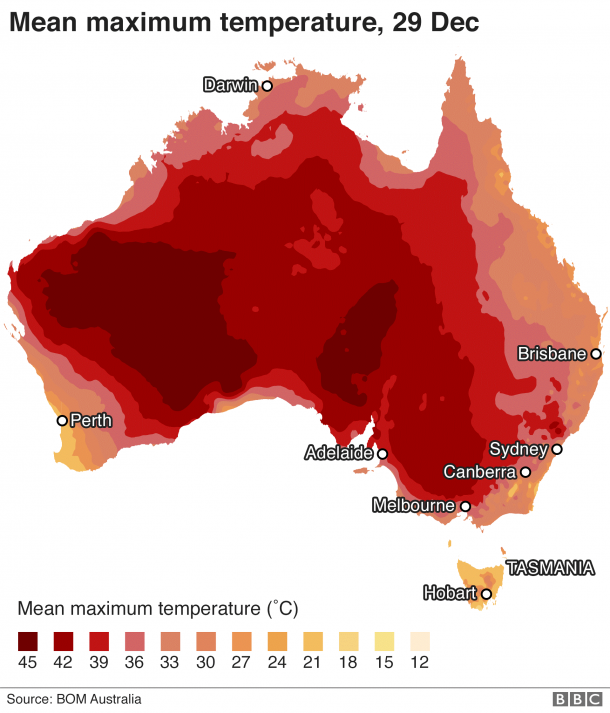
A video of such clouds also referred to as “pyrocumulous clouds” have been tweeted by the Rural Fire Service, New South Wales
Warning the people about the dangerous situation, another tweet followed by the fire-fighting agency
Adding fuel to fire, oh, not in the literal sense, is the drought, making the situation worse. Luck had been hard on Australia and the two combined to make the year, hottest and driest on the record.
On a count, twice a dozen people have been killed but the fires have most adversely affected the wildlife killing millions of animals and burning entire forests. The count is expected to rise, as several won’t be finding enough food and shelter even after the situation comes to a normal state.
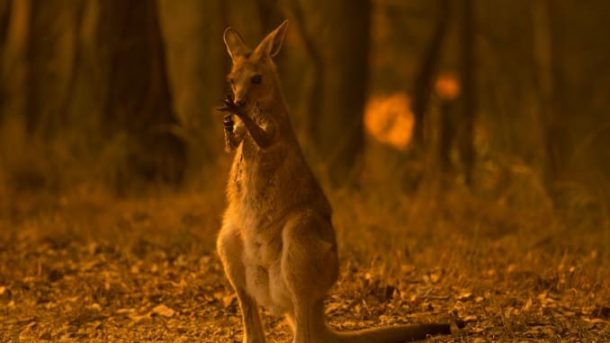
“The intensity, the scale, the number, the geographical range, the fact that they’re occurring simultaneously, and the sorts of environments that are burning are all extraordinary,” David Bowman, a professor of pyrogeography and fire science and the director of the Fire Centre Research Hub at the University of Tasmania, tells TIME.

Though the bushfires have taken hold of Australia, the cries stretch over in the entire world. The Australian Red Cross is open to donations and hundreds of volunteers have shown up to contribute to the disaster-affected areas. BlazeAid and Victoria’s Fire Authority have also initiated relief camps and are accepting donations.
All our heart-felt prayers for the flora and fauna of Australia!


